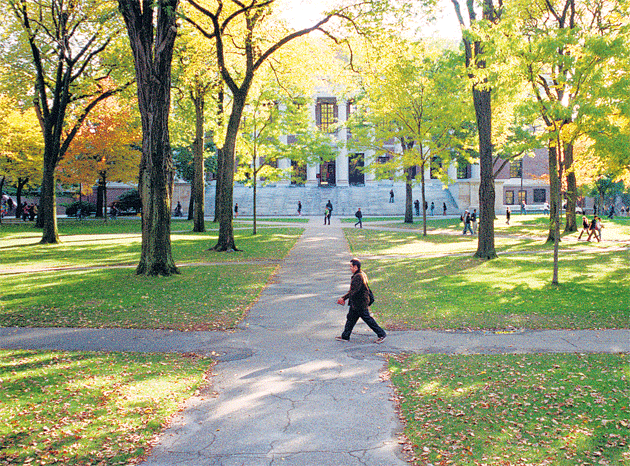The American Dream: why British students are heading to the New World
Clare Barlow, 30, has just finished a PhD at King’s College London. Collaborating with the National Portrait Gallery, she worked on an exhibition about 18th-century women writers

This sounds like an interesting way to do a PhD...
Yes. I was one of the first to receive a new type of funding from the Arts and Humanities Research Council (AHRC), called a collaborative doctoral award. The idea is that you produce a conventional thesis of up to 100,000 words, and you get some training at a place of work at the same time. In 2008, I was working on researching and staging an exhibition called Brilliant Women: 18th Century Bluestockings at the National Portrait Gallery. An exhibition like this is about five years in development, and I arrived two years into the process. The people were amazing at treating me as a member of staff.
How did you divide your time?
At least one day a week, I worked at the gallery helping to research the object lists we wanted to include in the exhibition and tracking down the portraits. I discovered a portrait that had been lost since the 1970s by tirelessly telephoning around. The rest of the time, I was working on my dissertation at King’s, which centred on three 18th-century writers: Elizabeth Carter, Catharine Macaulay and Elizabeth Montagu. My two supervisors, one at the gallery and one at King’s, were the co-curators of the exhibition.
What led you to do this doctorate?
I’d always wanted to work on 18th-century women, and had done some work on them in my first degree – history at Cambridge. One of the things I love about the 18th century is that it was a time of great opportunities for women. Most women writers, for example, published under their own names, became famous and achieved a certain cachet.
What attracted you to these three writers?
They are the three most successful women scholars of the 18th century, who established worldwide reputations. And they’re really inspiring role models for modern women. Elizabeth Carter was famous for completing the first ever English translation of the works of the Greek philosopher Epictetus. Elizabeth Montagu wrote about the genius of Shakespeare, but was also one of the wealthiest commoners in England. And Catharine Macaulay is famous for writing the history of England, but she’s also the racy one of the three. Her life was engulfed by scandal. She ran off with a man 27 years her junior after her husband’s death.
What were the highlights of your work?
The opening day of the exhibition was an absolute thrill, and taking parties of people round was an incredible experience. Discovering the portrait of Elizabeth Carter was also a highlight. I did a dance round the office when that happened!
How did you fund it?
I got an AHRC grant of about £15,000 a year, which was enough to live on. On top of that, I got a sort of honorarium of £1,000 from the National Portrait Gallery, which in some ways was very generous, as they were providing me with training and insight.
What next?
This PhD has transformed what I want to do for a living. Before, I was committed to academia, but now I’d like to become a museum curator. I’ll probably have to do another internship to get experience. If I’m lucky, I might get an assistant curator job. But this is definitely the direction I want to go in.
Subscribe to Independent Premium to bookmark this article
Want to bookmark your favourite articles and stories to read or reference later? Start your Independent Premium subscription today.

Join our commenting forum
Join thought-provoking conversations, follow other Independent readers and see their replies